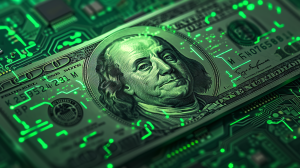Stablecoins vs Decentralized Cryptocurrencies.
Understanding Their Roles in the Digital Economy.
The world of digital assets has expanded significantly in recent years, with both stablecoins and decentralized cryptocurrencies playing crucial roles in the financial ecosystem. While decentralized cryptocurrencies like Bitcoin and Ethereum operate without central control, stablecoins provide a bridge between traditional finance and blockchain technology by offering price stability. As tokenization gains traction, understanding the relationship between these two forms of digital assets is essential for businesses, investors, and everyday users.
Understanding Decentralized Cryptocurrencies
Decentralized cryptocurrencies, such as Bitcoin and Ethereum, are designed to operate independently of central authorities. They rely on blockchain technology and a network of participants to maintain security, transparency, and trust. These assets are often used for peer-to-peer transactions, smart contracts, and decentralized applications (dApps). However, their volatility has presented challenges for adoption, particularly in commercial transactions and institutional finance.
Bitcoin, as the first cryptocurrency, introduced the concept of digital scarcity and decentralized trust. Ethereum expanded on this by enabling programmable transactions through smart contracts. Despite their revolutionary potential, price fluctuations make them less practical for day-to-day transactions or as stable stores of value.
The Role of Stablecoins in the Digital Economy
Stablecoins address one of the key limitations of decentralized cryptocurrencies: volatility. They achieve price stability by being pegged to assets such as fiat currencies (e.g., USD, EUR), commodities, or a basket of assets. This stability makes them attractive for remittances, trading, and cross-border transactions.
There are three primary types of stablecoins:
Fiat-collateralized stablecoins: Backed 1:1 by reserves of traditional currency, held by a trusted custodian (e.g., USDC, Tether USDT).
Crypto-collateralized stablecoins: Secured by other cryptocurrencies, requiring over-collateralization to mitigate volatility risks (e.g., DAI).
Algorithmic stablecoins: Maintain price stability through supply adjustments controlled by smart contracts rather than collateral (e.g., Frax, Terra before its collapse).
Stablecoins enable smoother transactions in digital finance, allowing businesses to accept blockchain payments without worrying about price fluctuations. They also facilitate liquidity in decentralized finance (DeFi), powering lending, borrowing, and yield-generating strategies.
How Stablecoins and Decentralized Cryptocurrencies Complement Each Other
Despite their differences, stablecoins and decentralized cryptocurrencies are not competitors but rather complementary tools within the blockchain ecosystem. Bitcoin and Ethereum provide decentralized security and censorship-resistant transactions, while stablecoins offer a reliable medium of exchange and store of value.
In the DeFi space, stablecoins serve as a base currency for lending platforms, decentralized exchanges (DEXs), and liquidity pools. Traders use stablecoins to hedge against volatility, and institutional investors utilize them for settlement and risk management. Moreover, businesses looking to tokenize assets can leverage stablecoins to facilitate fractional ownership and digital payments.
The Future of Digital Assets
The adoption of stablecoins and decentralized cryptocurrencies continues to accelerate as financial institutions, governments, and enterprises recognize their potential. Regulatory discussions are shaping the landscape, with many jurisdictions working to establish guidelines that balance innovation with consumer protection. As tokenization becomes more widespread, the ability to integrate stablecoins with decentralized cryptocurrencies will unlock new opportunities for global finance.
With the increasing convergence of blockchain technology and traditional financial systems, businesses looking to raise capital, improve transaction efficiency, or expand into digital finance must understand how these digital assets interact. Tokenization platforms, like Token Genius, are at the forefront of providing solutions that bridge these worlds, helping businesses navigate and capitalize on the evolving digital economy.
Conclusion
Stablecoins and decentralized cryptocurrencies each play a vital role in the blockchain ecosystem, addressing different needs while working in tandem to enhance financial systems. As businesses and investors explore the potential of tokenization, recognizing the synergy between these assets will be key to leveraging blockchain for efficiency, security, and growth.
Next Steps
To learn more about how stablecoins and decentralized cryptocurrencies can be integrated into your financial strategy, contact Token Genius today. Our platform offers expertise in tokenization, digital asset management, and blockchain-powered capital raising solutions.












